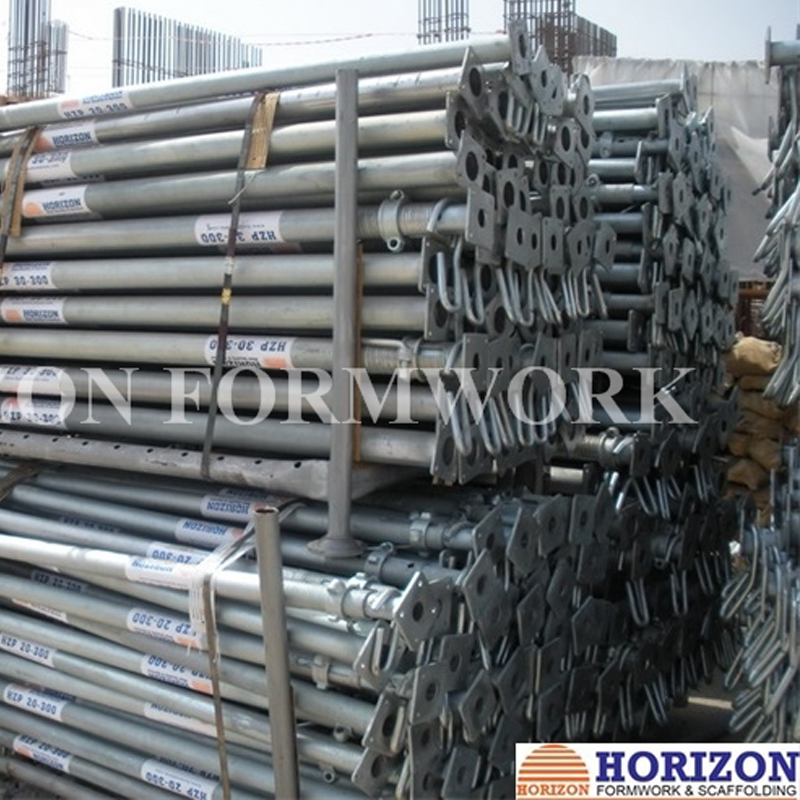ديسمبر . 04, 2024 14:26 Back to list
Shuttering Solutions for Efficient Retaining Wall Construction in Factories
Shuttering for Retaining Wall Factories An Essential Guide
Shuttering, or formwork, is a crucial aspect of constructing retaining walls, particularly in factories where efficiency and structural integrity are paramount. When properly designed and installed, shuttering provides a temporary structure to hold concrete in place until it gains sufficient strength to support itself. This article discusses the importance, types, and best practices for shuttering in retaining wall construction, providing valuable insights for factory operations.
Importance of Shuttering in Retaining Wall Construction
Retaining walls are designed to hold back earth materials, prevent soil erosion, and manage water drainage. The effectiveness of these walls hinges on two key factors the quality of the concrete used and the precision of its placement. Shuttering plays a pivotal role in ensuring that concrete retains its intended shape and dimensions during the curing process. Poorly constructed shuttering can lead to misaligned walls, excessive leakage, and, ultimately, structural failure.
Additionally, in factory settings, time and efficiency are vital. Effective shuttering allows for rapid construction, reducing labor costs and minimizing delays. This efficiency translates to shorter project timelines and improved productivity, crucial for companies focused on meeting deadlines and client expectations.
Types of Shuttering
1. Timber Shuttering This traditional form of shuttering involves the use of wooden planks to create the desired shape. While it’s relatively inexpensive and easy to work with, timber can suffer from issues like warping or swelling due to moisture. Proper treatment and maintenance are necessary to ensure longevity.
2. Steel Shuttering Steel forms are gaining popularity in commercial applications due to their durability and reusability. Steel shuttering can withstand significant pressure from wet concrete and offers precise dimensions. Although the initial investment is higher, the long-term benefits of durability and potential for reuse make it an attractive option.
3. Aluminium Shuttering A lightweight alternative to steel, aluminum shuttering is easy to handle and assemble, making it suitable for complex designs. It is also resistant to corrosion and can be reused multiple times, thus reducing the overall cost over the life of the project.
shuttering for retaining wall factories

4. Plastic Shuttering This innovative option is lightweight and typically designed for single-use applications. While plastic forms are not as robust as their steel or aluminum counterparts, they can be useful for specific projects where flexibility and low weight are critical.
Best Practices for Shuttering in Retaining Walls
1. Design Considerations Before installation, careful planning of the shuttering design is essential. Consider load-bearing capacities, the type of concrete mix, and environmental factors such as moisture and temperature fluctuations. Creating a detailed plan will facilitate a smoother construction process.
2. Secure Fixing Ensure that the shuttering is secured in place to withstand the pressure of the poured concrete. Utilizing bolts, clamps, and proper bracing will prevent movement that could compromise the wall's integrity.
3. Sealing and Finishing Applying sealants to the shuttering can prevent concrete from leaking through the joints. Moreover, the quality of the finish on the shuttering will impact the final appearance of the wall.
4. Effective Curing Once the concrete is poured, maintaining the right conditions for curing is vital. Properly cured concrete should achieve its full strength, which is essential for retaining walls that bear significant loads.
5. Removal and Reuse After the concrete has cured adequately, the shuttering must be dismantled carefully to avoid damaging the new structure. If using reusable shuttering systems, ensure they are cleaned and maintained for future projects.
Conclusion
Shuttering is a fundamental component of constructing retaining walls in factory settings. By selecting the appropriate materials, adhering to best practices, and ensuring efficient design and implementation, factory managers can significantly enhance their construction projects. The right shuttering not only guarantees the structural integrity of retaining walls but also fosters a more efficient construction process, ultimately leading to higher productivity and satisfaction in the realm of civil engineering and construction.
-
Efficient Table Formwork for Fast Slab Construction & Reusability
NewsAug.18,2025
-
Timber Beam H20 Formwork & Shuttering - Durable & Reliable
NewsAug.17,2025
-
Timber Beam H20: Premium Formwork & Shuttering Solutions
NewsAug.16,2025
-
Premium H20 Timber Beam for Formwork & Slab Shuttering
NewsAug.15,2025
-
China Single Sided Wall Formwork: Fast, Flexible Solutions
NewsAug.14,2025
-
Scaffolding Jacks: Durable Screw, U-Head, Swivel & Base Jacks
NewsAug.13,2025